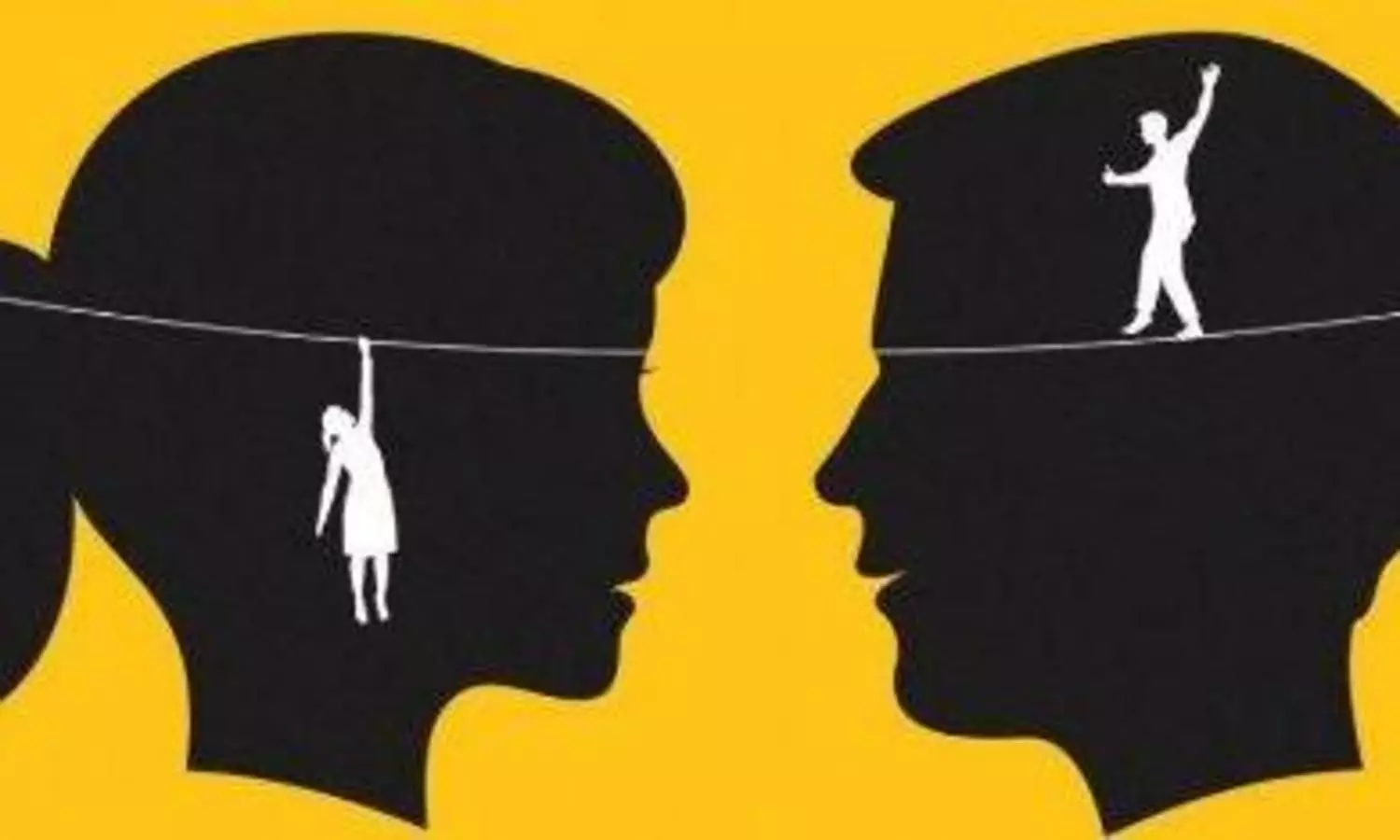‘At present rate, gender gap between women & men could take 131 years to subside’
A recent report by the World Economic Forum finds that women won’t be able to achieve gender equality for another 131 years. However, despite the South Asia region floundering on gender parity the most, the situation has been deemed to be marginally better in India, Pakistan and Bangladesh. Details here.
 गाँव कनेक्शन 23 Jun 2023 1:49 PM GMT
गाँव कनेक्शन 23 Jun 2023 1:49 PM GMT

India has closed 64.3% of the overall gender gap, ranking 127th on the global index.
Much to the dismay of gender-equality movements and calls for social, economic and political inclusion of women across the world, a recent report has concluded that women will have to wait for yet another 131 years to witness the closing of the gender gap.
“If progress towards gender parity proceeds at the same average speed observed between the 2006 and 2023 editions, the overall global gender gap is projected to close in 131 years, compared to a projection of 132 years in 2022. This suggests that the year in which the gender gap is expected to close remains 2154, as progress is moving at the same rate as last year,” the 17th edition of the Global Gender Gap Report 2023
Notes on India
The report underlined that out of the total 146 nations, it mentioned that ‘India has closed 64.3% of the overall gender gap, ranking 127th on the global index. It has improved by 1.4 percentage points and eight positions since the last edition, marking a partial recovery towards its 2019 (66.8%) parity level’.
It is important to mention that the country has attained parity in enrolment across all levels of education.
“However, it has reached only 36.7% parity on Economic Participation and Opportunity,” the report mentioned.
Also Read: Bundelkhand: Women make their presence felt in gram panchayats, and lead the change
On one hand, there are upticks in parity in wages and income; on the other hand, the shares of women in senior positions and technical roles have dropped slightly since the last edition.
“On Political Empowerment, India has registered 25.3% parity, with women representing 15.1% of parliamentarians, the highest for India since the inaugural 2006 edition. On the Health and Survival index (95%), the improvement in sex ratio at birth by 1.9 percentage points to 92.7% has driven up parity after more than a decade of slow progress,” it added.
According to the report, closing 64.3 percent of its overall gender gap, it demonstrated a partial recovery. The country's ranking stood at 127th on the global index, an improvement by eight positions and 1.4 percentage points since the previous year.
When it comes to political representation, out of the 117 countries with available data since 2017, 18 countries, including Bolivia (50.4 per cent) and France (42.3 per cent), India have achieved (44.4 per cent) representation of women of over 40 per cent in local governance.
The report states that Southern Asia has achieved 63.4 per cent gender parity, the second-lowest score of the eight regions.
Also Read: From Home To Work, The Gender Gap Continues
The report said, “The score has risen by 1.1 percentage points since the last edition on the basis of the constant sample of countries covered since 2006, which can be partially attributed to the rise in scores of populous countries such as India, Pakistan and Bangladesh”.
Notes on gender gaps in leadership roles
As per the study conducted by WEF, women’s representation in terms of hiring rates in the leadership positions across industries have been in decline since mid-2022.
The report says, “Following a series of gradual but steady increases in the share of women in leadership roles over the past two decades, this share has edged up to, on average, 33.7% in 2023 from 33.4% in 2022 across public- and private-sector leadership roles. However, high-frequency data presented in the report shows that hiring rates for women into leadership positions across industries have been in decline since mid-2022”.
Also, in terms of women’s representation in the lawmaking bodies, the report noted that more than one-third but less than one-half of the representatives were women in 28 economies in 2022.
“These countries include Iceland (47%), Costa Rica (47%), United Kingdom (35%) and Nepal (33%). Women make up less than one-third of parliamentarians in the remaining 45 countries, including Canada (31%), United States (29%), and Japan (10%), as well as in populous emerging markets such as China (25%), Brazil (18%), India (15%) and Türkiye (17%),” it mentioned.
World Economic Forum #Gender Gap #Gender Inequality
More Stories




